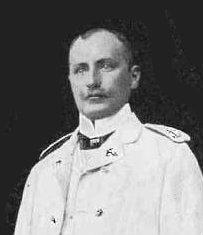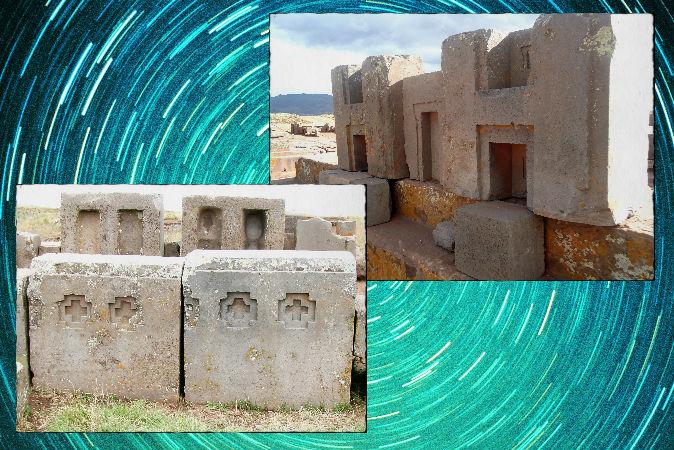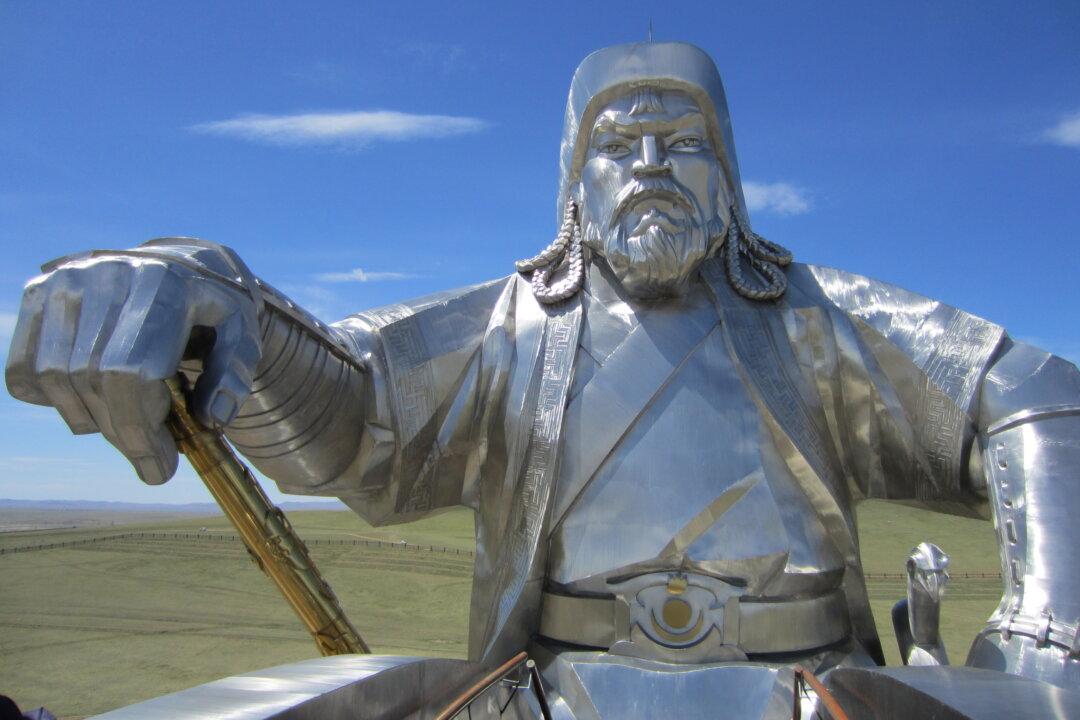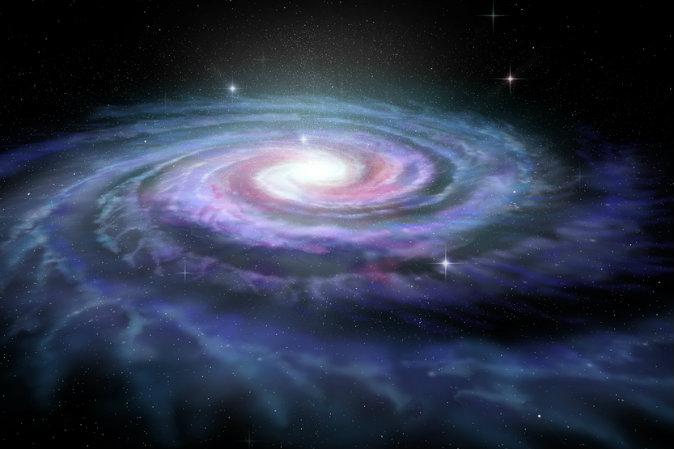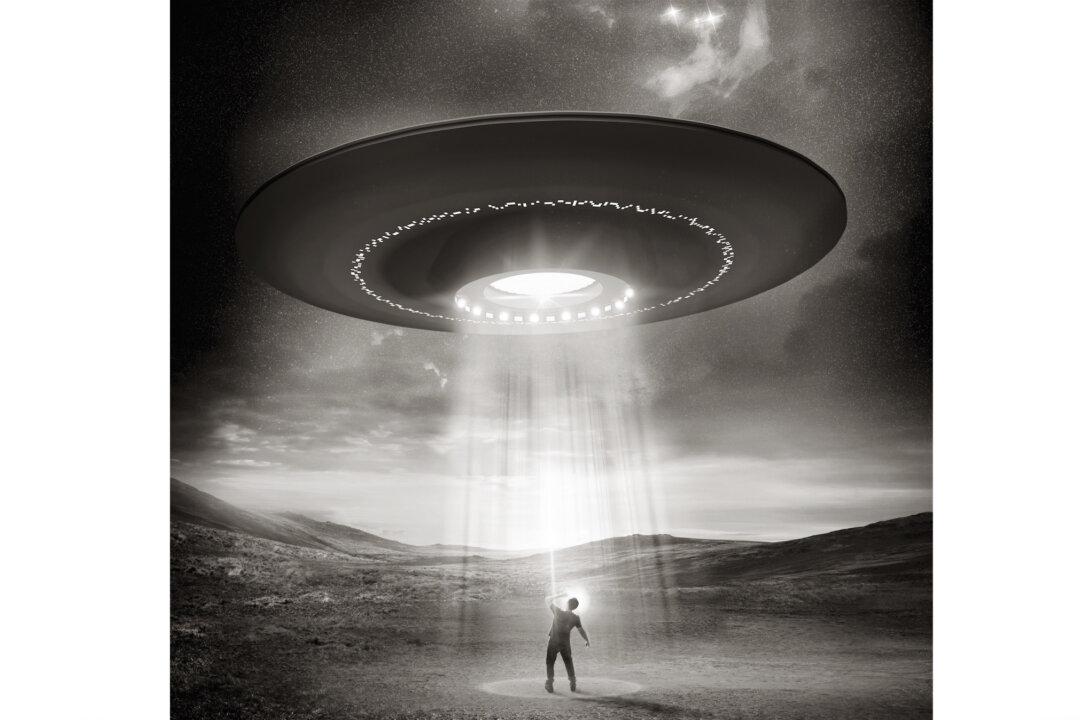Puma Punku in Bolivia is one of the world’s most mysterious ancient sites. This remains true for both academic archaeologists and historians as well as rogue historians who investigate the hypothesis of advanced prehistoric civilizations or ancient assistance from extraterrestrials.
Puma Punku covers a large part of the massive ancient city of Tiwanaku and it is located just southeast of Lake Titicaca in the Andes. The city predates Inca presence in that part of South America.
The mystery lies in the precision and complexity of the structures that pervade the ruin. The finely cut doorways and remaining stone blocks bear no chisel marks and many interlock with very fine precision.
According to Jason Yaeger, professor of anthropology at the University of Wisconsin, the city was already abandoned when the Incas conquered the area in 1470. The Incas spared no expense, however, incorporating Puma Punku and the rest of Tiwanaku city into their empire and culture.

The Incas believed the city was the place where Viracocha, their deity of creation, created the ancestral people of all ethnicities and sent them out into the world to populate their respective lands.
“They [the Incas] reconfigured the existing structures to accommodate the ritual activities required in their own cosmology,” said Yaeger, according to an article for the School for Advanced Research. “Transforming these spaces into ’memory theaters,' the Inca celebrated and materialized Tiwanaku as the place where Viracocha created the first couples of all ethnic groups and thus established the ethnic differences that formed one of the bases of Inca governance.”
Yeager said the Incas held the fallen stone portraits near Puma Punku to be models of the first humans from their creation myth. These stone figures, however, are actually thought to depict the city’s former rulers.
The exact origin and age of the site is disputed.
According to radiocarbon dating results released by anthropology professor William H. Isbell of the University of Illinois, the site was constructed between approximately 500 and 600 A.D. Others, however, say the radiocarbon dating is inaccurate and the structure may have been built many thousands of years before that.
Built With Needle-Fine Precision 17,000 Years Ago?
